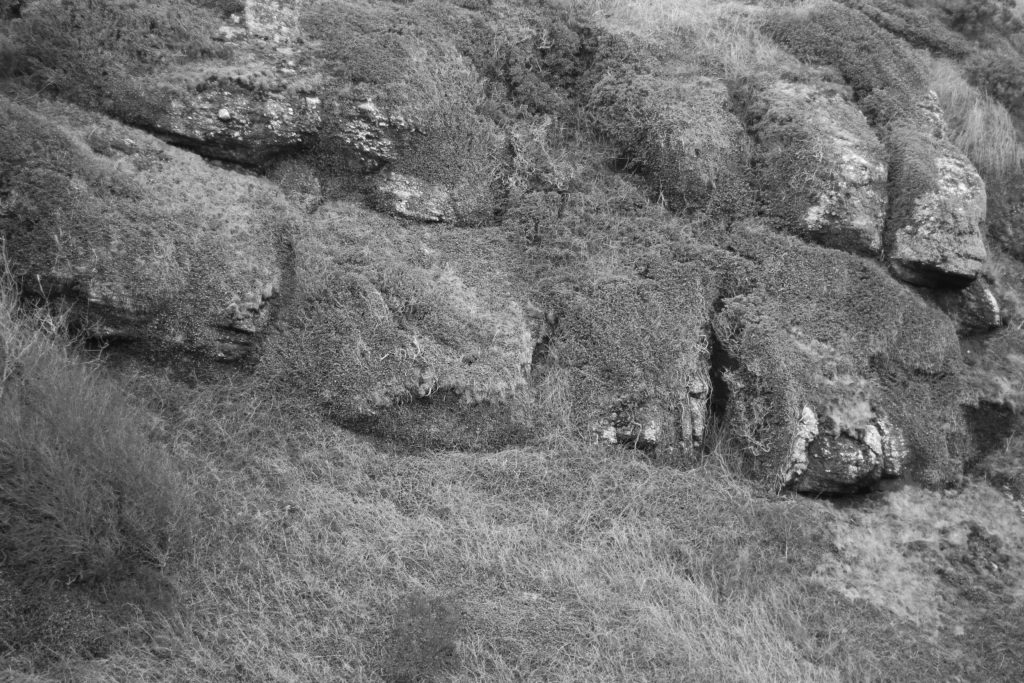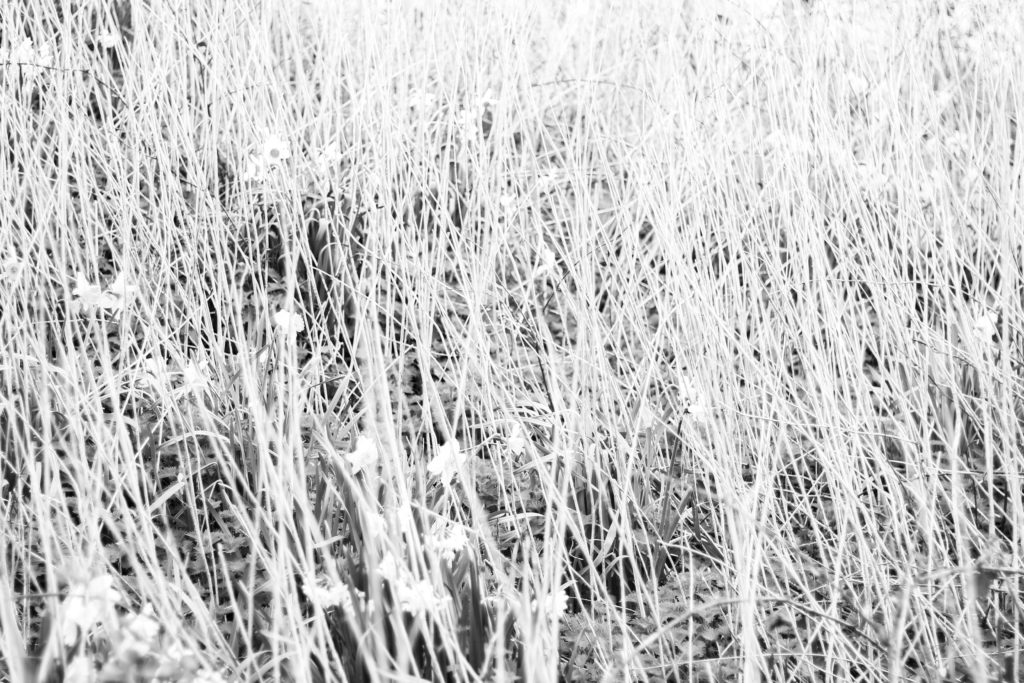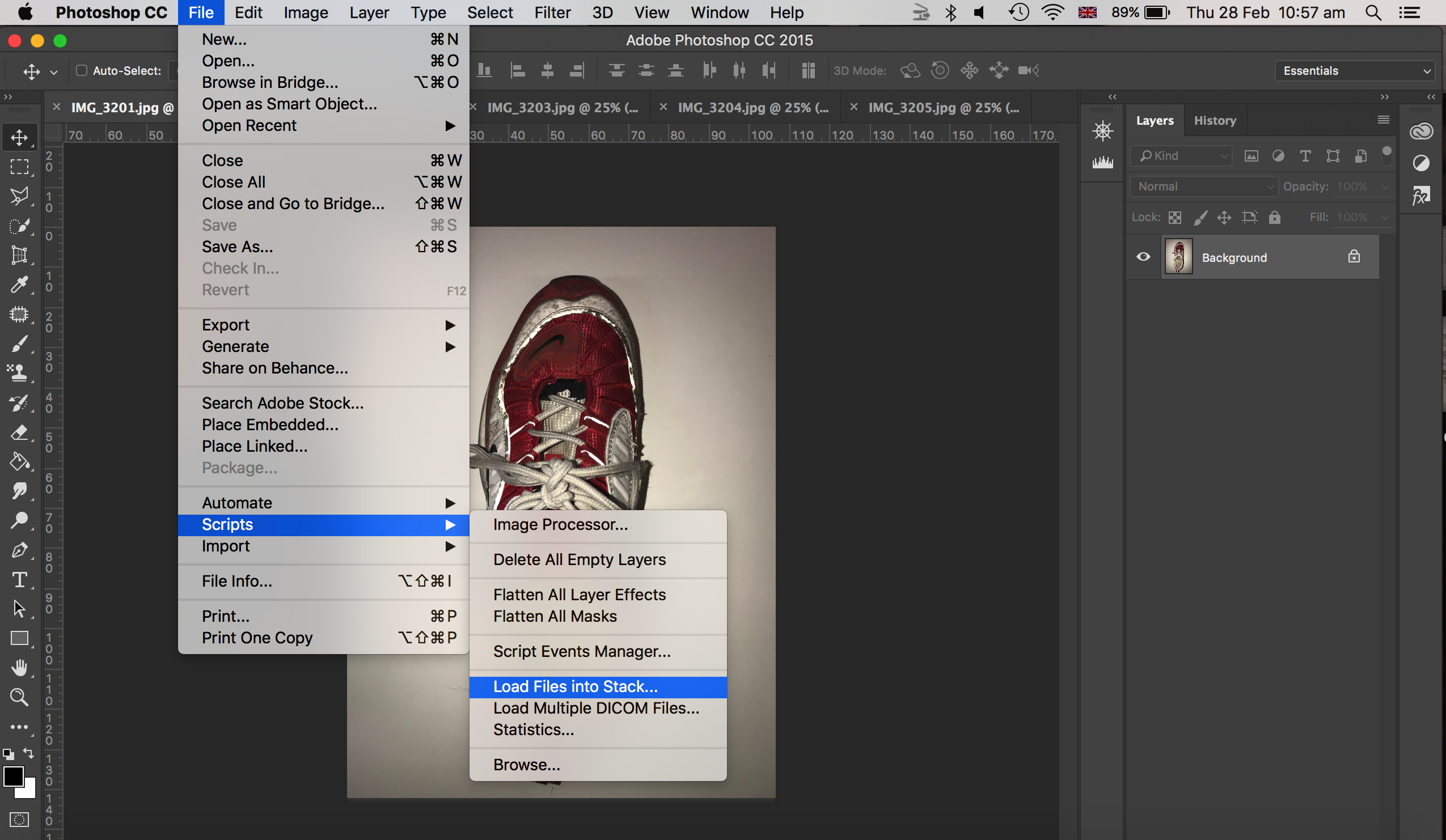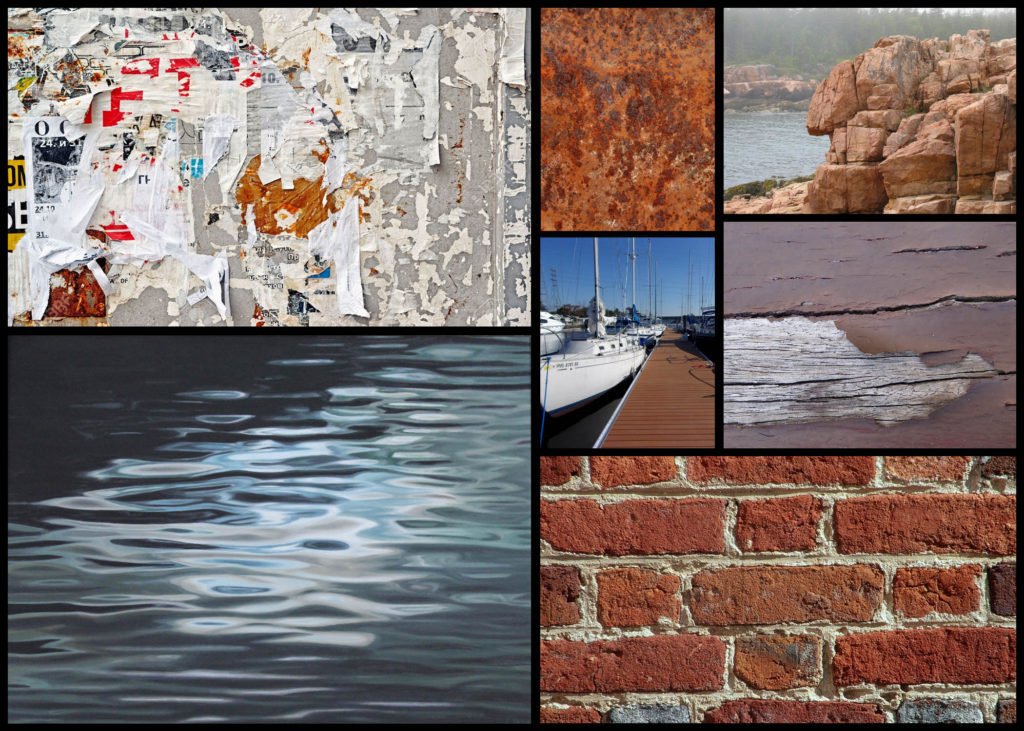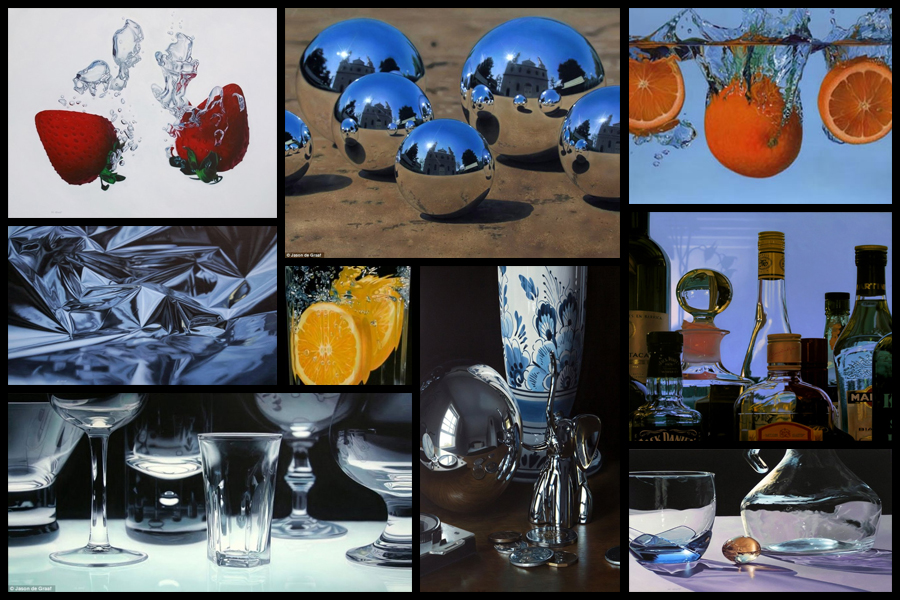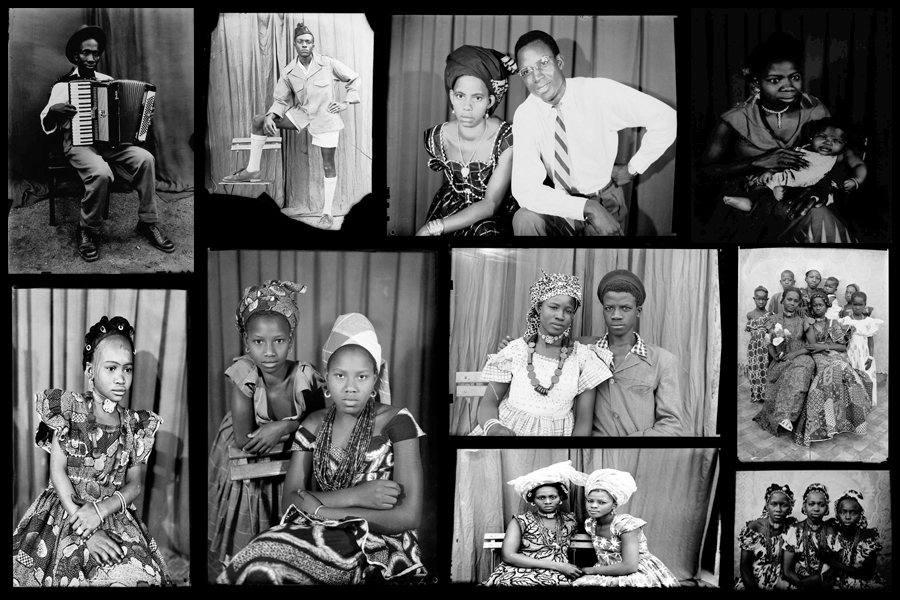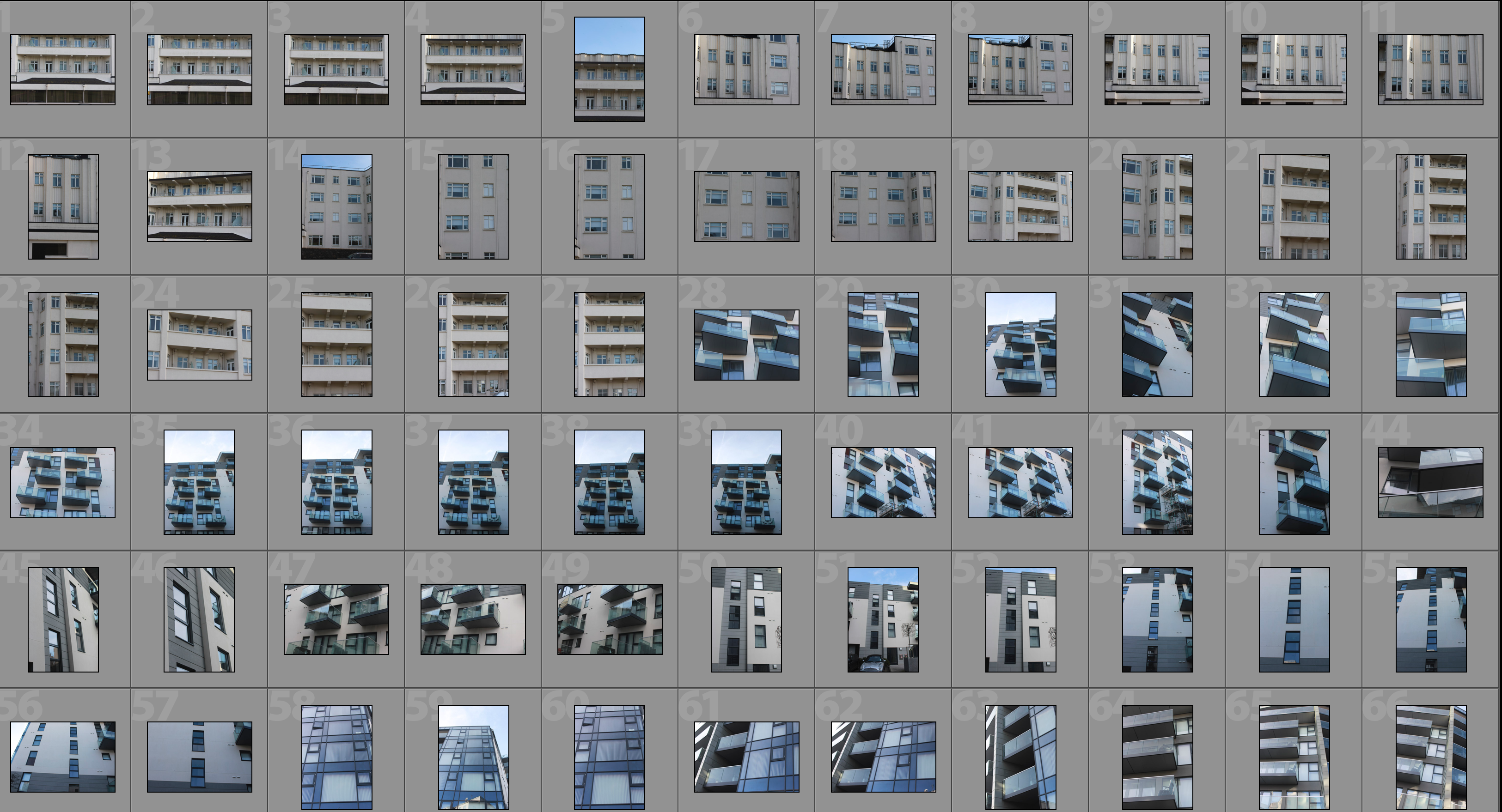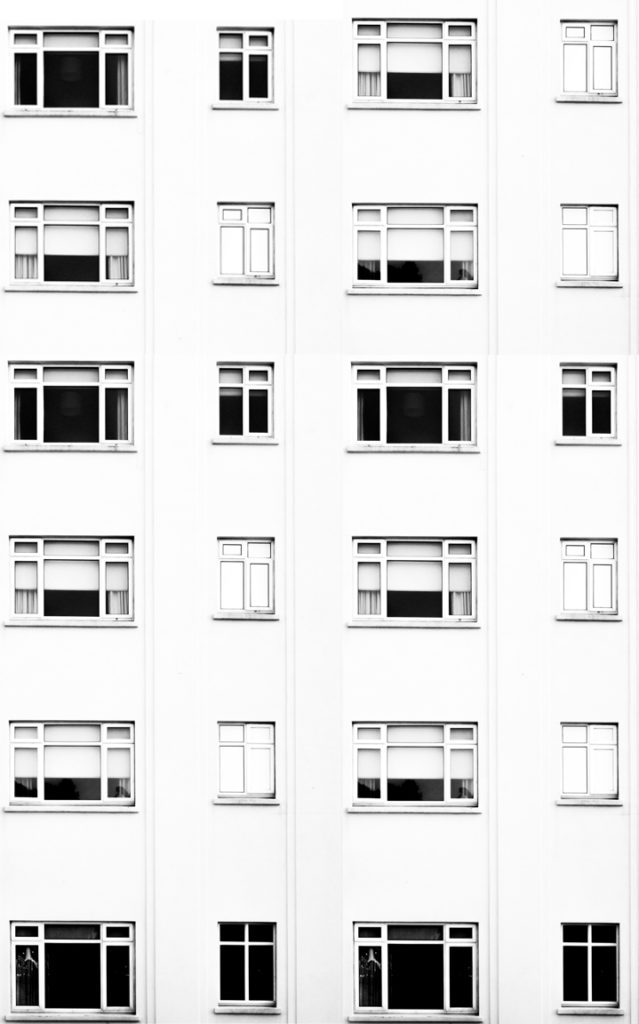For this shoot I wanted to explore the use of natural forms in abstract and unusual ways using a monochrome filter to do so. Here I would walk around on specific area photographing the subjects in a highly contrasted light, which once edited would differ visually to what I originally saw. The photographer who I wanted to use as a reference of photography for this was Aaron Siskind, someone who specialised in abstract photography within streets as a means of creating a political view. What I especially looked at in his works were how he used only monochrome filter to create this images, choosing to take an angle upon the object that completely warps it compared to its original state. Here are some examples of his works:
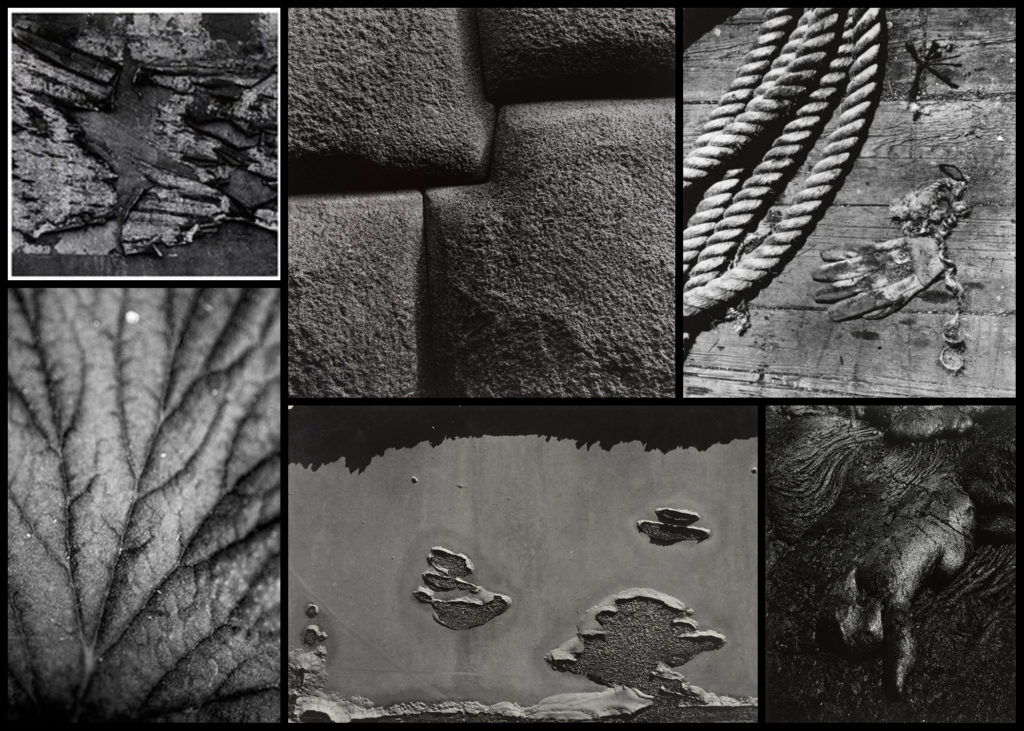
From here I wanted to go on to produce a mind-map, by doing this it would allow me to focus on the things I intend to photograph when on the shoot, preventing me from capturing subjects that would have no relation to what I was doing at all. Not only would this make me more efficient, but also make the results of my shoot overall more effective. Here are some of my ideas for the future shoot:

Once I had finished with my ideas I decided it was time to move onto the shoot itself. For the shoot I would be exploring the North of the Island as I found that was the area of Jersey that had the highest ratio of agriculture and natural landscapes. Using the mind-map as my reference I decided footpaths would be my main go to. Here are the results of the shoot:
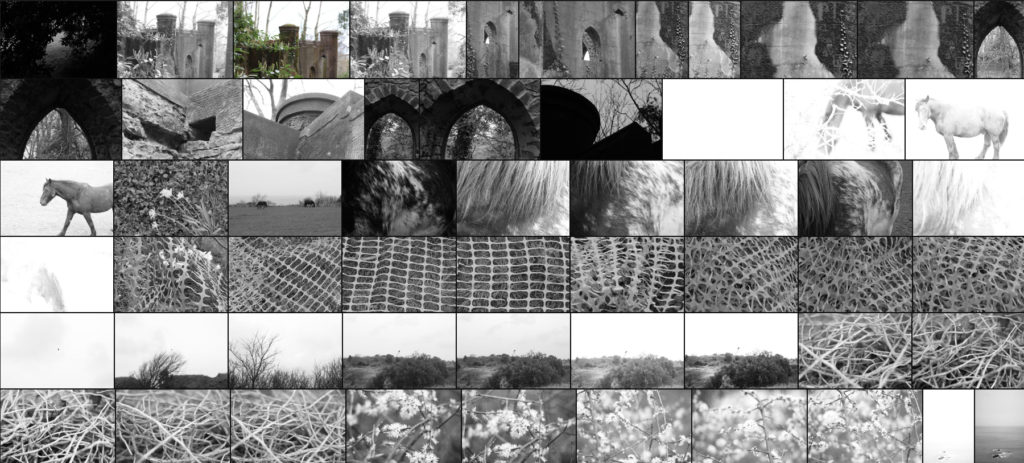
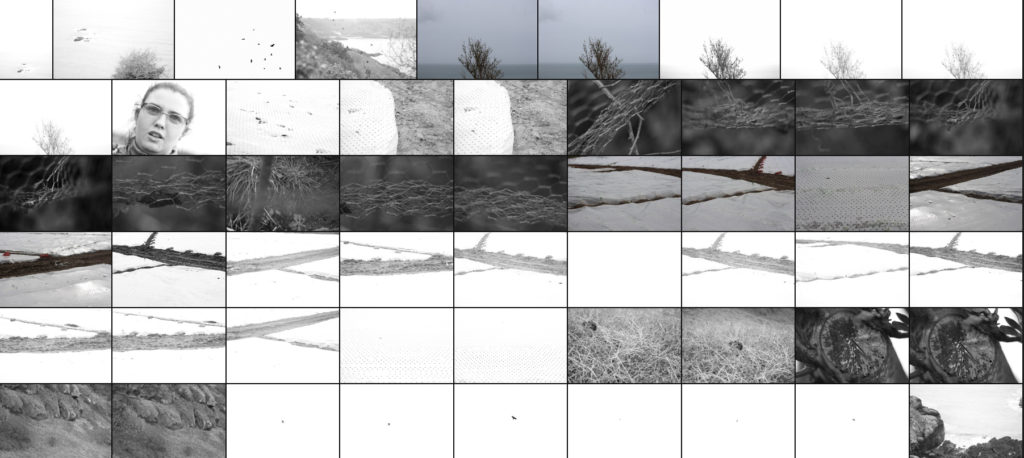
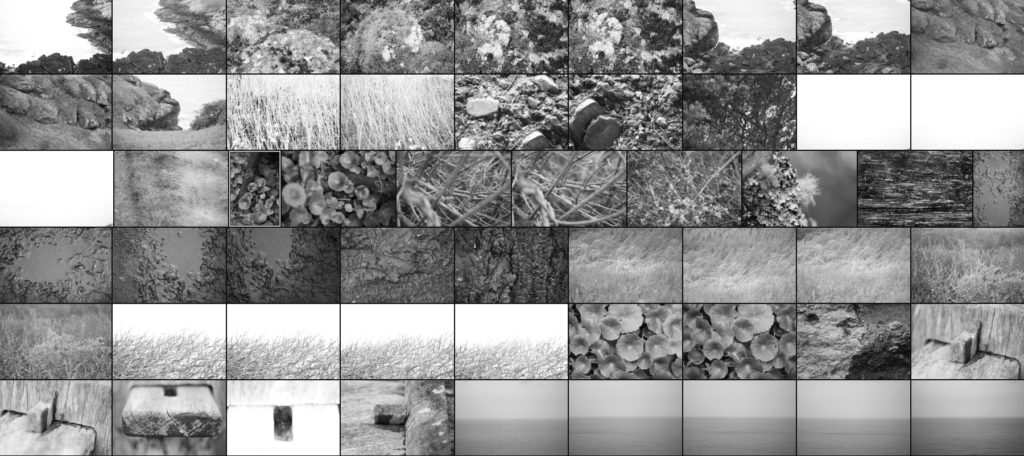

Once I had finished the shoot I then decided to whittle all the images down to a selection of only ten. By doing this not only would it make it easier for me to decide on an image that best reflects the overall idea of the shoot, but also the one that both technically and visually is best. Here are my choices for the ten best images:
After I had selected the ten images I found most effective I then decided to once again whittle the selection down to now only fives images. In doing this it would allow me to analyse each image in more depth than the rest, looking at why the image was chosen, the technical aspects of it and its overall relation to the entire topic, whilst making it easier to pick the final image. Here are my choices:

I selected this image because I loved the contrast between the wall and the surrounding ivy which grows upon it. For me by photographing a slither or concrete contrasted by the ivy it produces an abstract effect where two different environments merge into one, warping the images as you make your way to the centre of it. Composition wise I found the use of the darker ivy as a border to be effective as it slowly joins with the lighter shades of the brick, making use of any negative space which could have been there whilst producing an aesthetically pleasing result. I found that the use of a higher contrast was particularly effective here as it really highlights the hidden feature within the moss and bricks, creating more depth whilst also stopping parts of the piece from becoming too eye-sore for viewers.
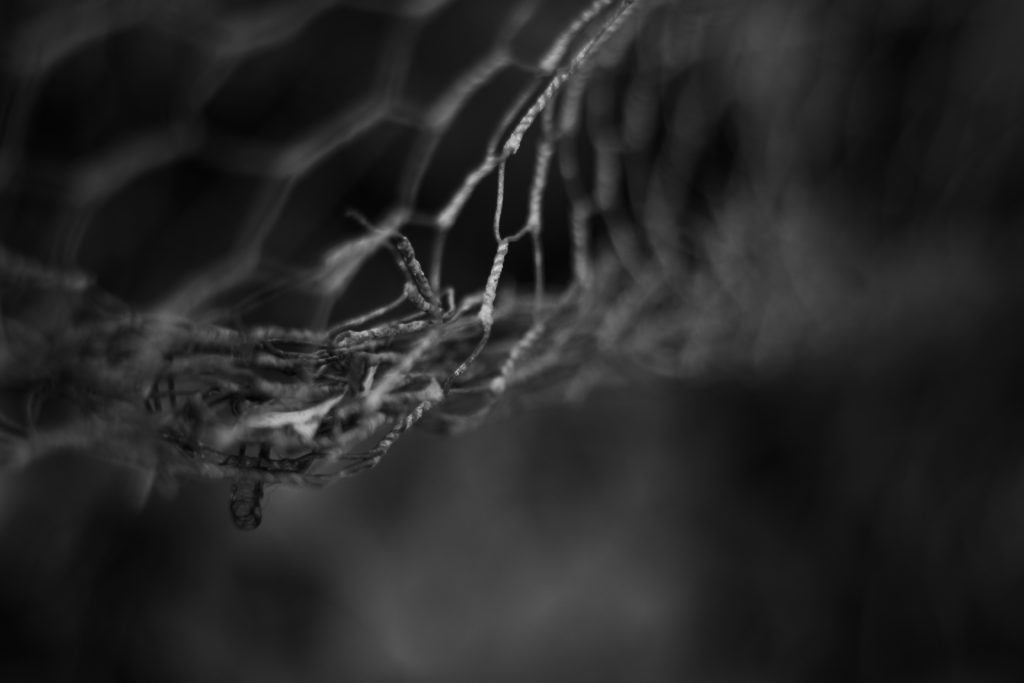
For this image the reason I chose it was because of the great use of a depth of field. By only focusing on one part of the mesh wire I found that it produced an abstract effect that messes with the mind regarding where the focus come into play. The detail of the actual focused wire that separates itself from the rest of the image for me creates a huge aesthetic feel, as the fluid transition from focus to out of focus really compliments each other, especially through the use of shades such as greys and blacks. Regarding the composition I really like how it is not centred in the middle, but rather the top left, this really gives a sense of depth within the piece as the background becomes blurred and the then is up to the viewer to interpret what could be surrounding the fence.
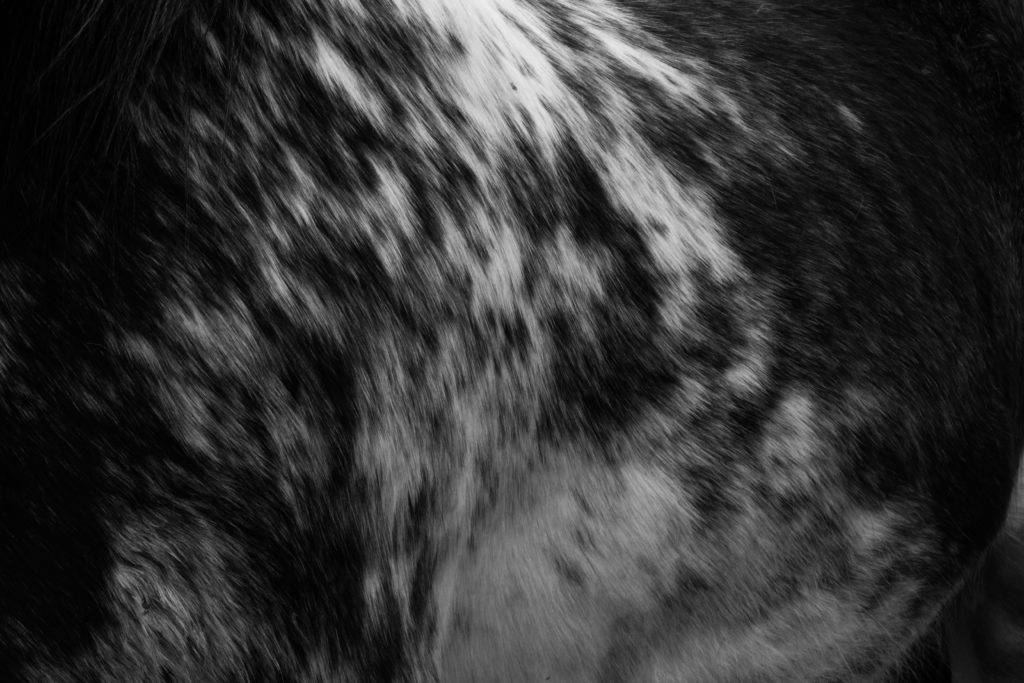
What I loved about this image was how the varying shades of the horse create an aesthetic abstract effect where each shades merges into the next. I largely chose this image because of how the composition portrays the side of the horse, with the whites coming down from the left and the rest of the piece being surrounded by black hairs which provide the photography with a natural border. What sold the image for me was how the use of a high contrast really brings out the definition within the side of the horse and the form of the body, this in a way isolate the actual horse from its side as it takes the viewer a few moments to actually figure out what the image is of, with only hints giving it away.
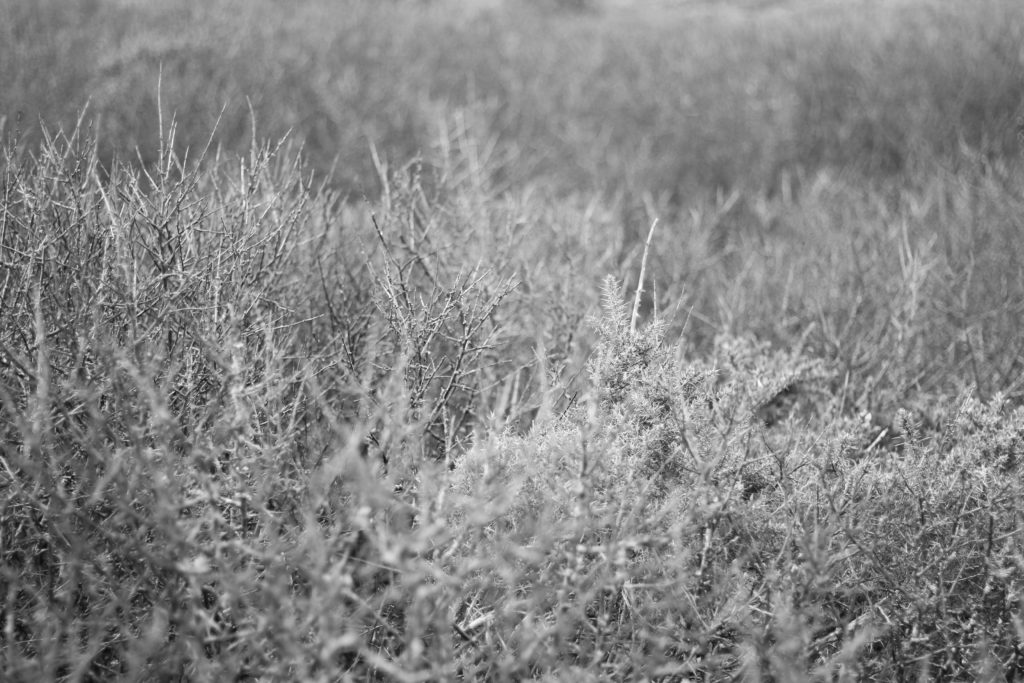
For this image I was drawn towards once again the depth of field within the landscape. By focusing on only one layer of the bushes it creates a feel or vastness within the photo as it highlights the sharpened ends of the branches whilst softening the rest of the area. This contrast for me really brings a sense of aestheticism over the whole image, as by using only a monochrome filter it leaves the image devoid of any distractions to rather allow us to look at the formation of the natural subjects within. The composition of the focused areas is also a major reason why I selected it, this is because of how there is a larger area of focused bush on the left which grows smaller as you progress, stopping the blurred backdrop from becoming more overpowering than it actually is.
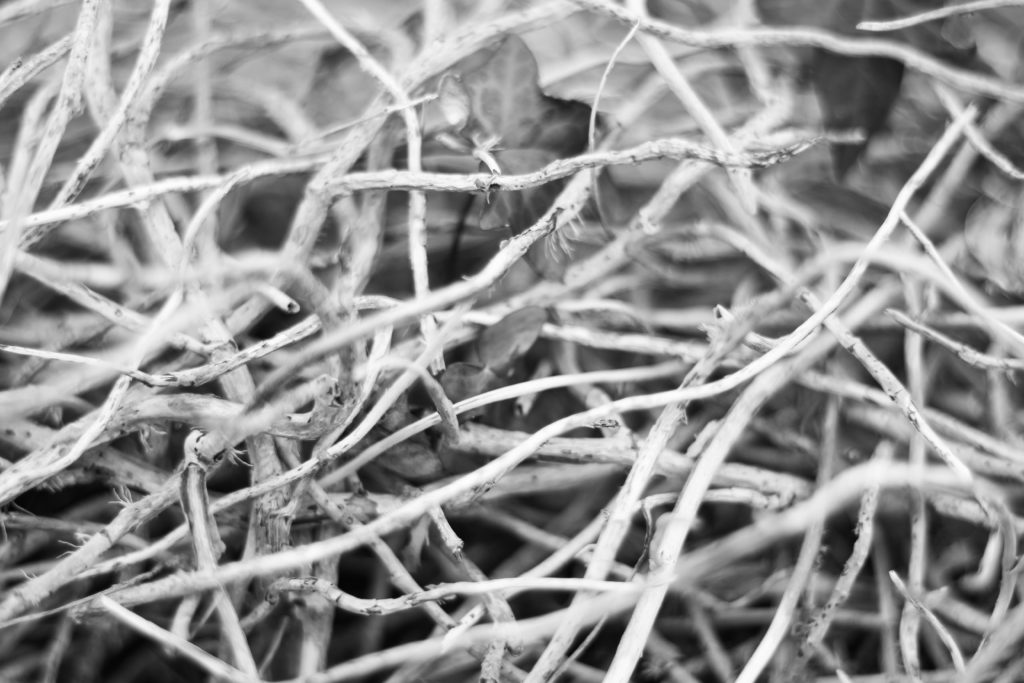
Finally I selected this image because I loved how the overlapping twigs presented themselves as a sort of abstract mess, with there being no actual order to how or where they are coming from. I also really liked how the shadows between the twigs were really contrasted opposed to the lighter shades of the wood which consisted mostly of lighter areas. This was complimented through once again a use of depth of field which blurs some of the layers of twigs out, by doing this for me I found it to be more effective due to how its stopped any eye-sore from occurring for the viewers, prevented us from not being sure where to draw our eyes to.
Once I had analysed and selected the five images I thought were most effective regarding their technical, visual and relevance to the overall topic I then proceeded to chose my best photo:
FINAL IMAGE:

The reason I chose this as my final image was because of the composition, contrast and definition that was present inside this photo. What drew this to me the most was how the piece was perfectly focused with some use of depth of field, whilst using a variety of different shades present on the horses side to create an abstract effect that mimics the natural environment around it. In relation to the entire topic of variation and similarity I found that this image reflected well the differing aspects regarding the textures and patterns which can be found within the different landscapes of Jersey, where the North could consist of more natural ones like this, whereas the South could maybe be more concrete and urban. As well as this the image for me presents me with a new perspective regarding how textures and patterns can also be found in living things found in these particular landscapes rather than just the way you personally view the landscape as well.

